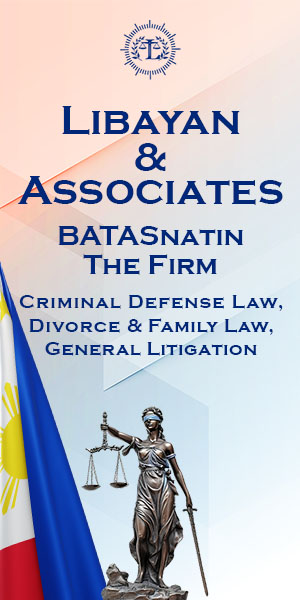CO-OWNERSHIP- Action Reinvindicatoria
In Iglesia ni Cristo v. Hon. Thelma Ponferada, et al., G.R. No. 168943, October 27, 2007 (Callejo, J), only one of co-owners filed a complaint for Quieting of Title and/or Accion Publiciana before the RTC, Quezon City. A motion to dismiss was filed alleging that there was no showing that he was authorized to do so by the other co-owners. He alleged that after the death of their father in 1970, they inherited the property; their father, Enrique Santos, during his lifetime, and plaintiffs, after the death of the former, had been in actual, continuous and peaceful possession of the property until 1994 when petitioner claimed ownership based on TCT No. 321744 issued on September 18, 1984 and barred them from fencing their property.
Petitioner’s claim that it had been in actual or material possession of the property since 1984 when TCT No. 321744 was issued in its favor is belied by the allegations in the complaint that respondents had been in actual and material possession of the property since 1961 up to the time they filed their complaint on October 24, 2001.
Admittedly, respondents interposed the alternative reinvindicatory action against petitioner. An accion reinvindicatoria does not necessarily presuppose that the actual and material possession of the property is on defendant and that plaintiff seeks the recovery of such possession from defendant. It bears stressing that an accion reinvindicatoria is a remedy seeking the recovery of ownership and includes jus possidendi, jus utendi, and jus fruendi as well. It is an action whereby a party claims ownership over a parcel of land and seeks recovery of its full possession. (Capacete v. Baroro, 453 Phil. 392, 402 (2003). Thus, the owner of real property in actual and material possession thereof may file an accion reinvindicatoria against another seeking ownership over a parcel of land including jus vindicandi, or the right to exclude defendants from the possession thereof. In this case, respondents filed an alternative reinvindicatory action claiming ownership over the property and the cancellation of TCT No. 321744 under the name of petitioner. In fine, they sought to enforce their jus utendi and jus vindicandi when petitioner claimed ownership and prevented them from fencing the property.
Since respondents were in actual or physical possession of the property when they filed their complaint against petitioner on October 24, 2001, the prescriptive period for the reinvindicatory action had not even commenced to run, even if petitioner was able to secure TCT No. 321744 over the property in 1984. The reason for this is that:
x x x one who is in actual possession of a piece of land claiming to be the owner thereof may wait until his possession is disturbed or his title is attacked before taking steps to vindicate his right, the reason for the rule being, that his undisturbed possession gives him a continuing right to seek the aid of a court of equity to ascertain and determine the nature of the adverse claim of a third party and its effect on his own title, which right can be claimed only by one who is in possession. (Vda. de Cabrera v. CA, 335 Phil. 19 (1997).



 Spotify
Spotify  iTunes
iTunes  AppleMusic
AppleMusic  YouTube
YouTube 


